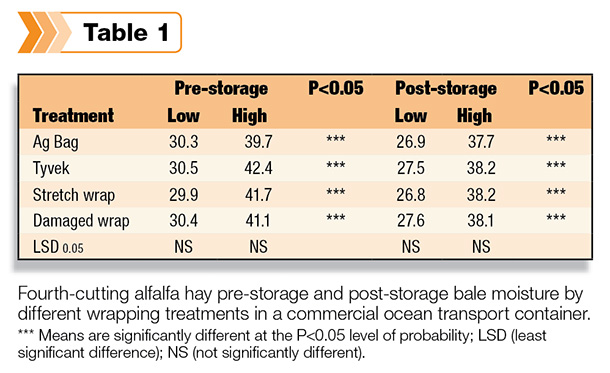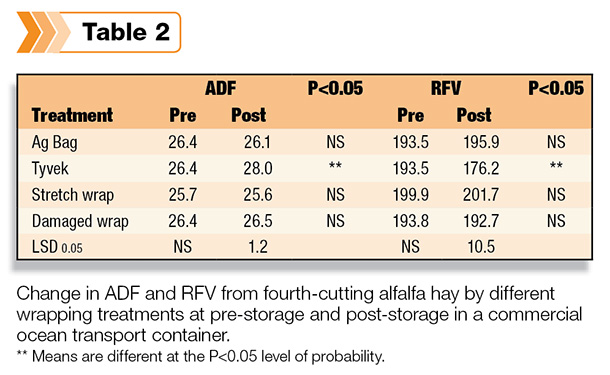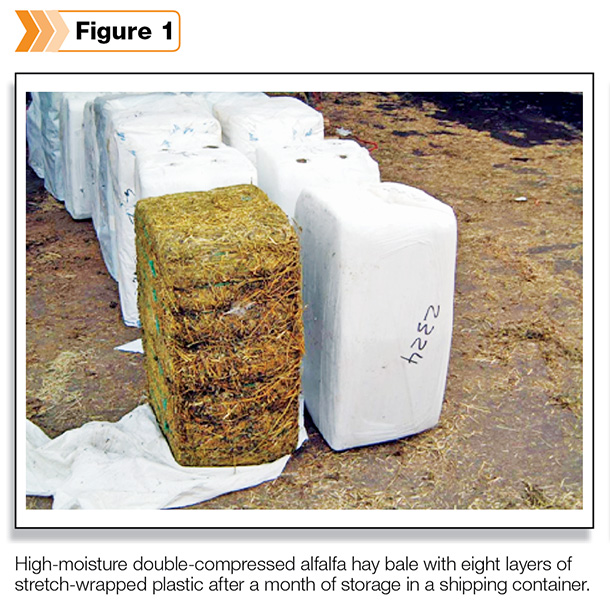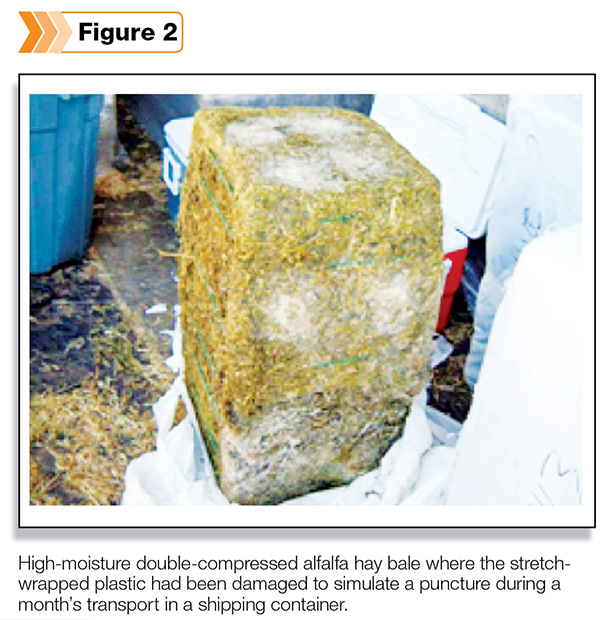Western hay growers have earned the reputation of producing high-quality grass and alfalfa hay. These growers export millions of tons of “dry” hay within the region, across the U.S. and to worldwide ports.
There is profit in hay if everything works as planned, but this varies by area, year, cutting and farm. The export industry is older than many in the industry may believe. Early USDA publications discuss exporting timothy hay from the Pacific Northwest to the Philippines and other ports more than 110 years ago.
Today, the dry hay export industry is well established in the Pacific Northwest, as well as the Pacific Southwest. To continue growth, producers need new forage products that support grower operations and export business while satisfying customer needs. We need something new from something old.
Why we conducted this study
Many of the best ideas come directly from growers. Stan Steffen and Steffen Systems Haying Handling Equipment from Silverton, Oregon, designed new hay-handling equipment to meet both domestic and foreign demand for high-quality dry hay and grass seed straw markets.
Stan challenged us to consider the unthinkable – producing a high-moisture hay product that could be exported. Yes, we can hear those wheels turning – can this even be done?
You’re shipping water? What about a ship fire? These are all legitimate concerns. Our job is to answer those and other questions through controlled research.
We set out to find some answers and probably ask more questions.
How we conducted this study
We selected fourth-cutting alfalfa crop grown at Steffen Farms with some twists: All experimental bales were double-compressed, the low-moisture hay would be close to 30 percent moisture, high-moisture treatment would be about 40 percent moisture and we compared four different wrapping materials and replicated each treatment within a bale moisture eight times.
We started with 1-ton alfalfa bales, but knowing we could not get all the treatments from one bale, we used our replications so each treatment was equally represented from each bale.
Steffen Haying Systems sliced the big bale into multiple, small, double-compressed packages, each weighing about 200 pounds.
To simulate shipping across the ocean, all the bales were stored for more than a month in a shipping container at Steffen Farms. It normally takes about three weeks to move hay from West Coast ports to the Pacific Rim markets, so we felt we had covered shipping time adequately.
To achieve the target hay moistures, we used the microwave oven technique to follow moisture change in the windrows. All bales were cored for moisture and laboratory analysis using NIRS techniques.
As NIRS Consortium members, we used their alfalfa hay calibration to predict the bale treatment forage quality.

What we learned
Initial (pre-storage) bale moisture for the low-moisture and high-moisture treatments were not different by wrapping treatment, averaging 30.3 and 41.1 percent, respectively (Table 1). These bale moistures were close to our initial moisture targets.
Post-storage bale moisture for low-treatment and high-treatment bales averaged 27.2 and 38.1 percent, respectively (Table 1) and were not different when comparing wrapping materials within a moisture level.
The two moisture levels differed for each wrapping treatment, pre-storage and post-storage. Moisture loss or shrinkage was within the expected range, averaging 10.2 and 8.2 percent for low-moisture and high-moisture bales, respectively.
Bale weight losses were similar by bale moisture treatment and pre-storage and post-storage except for Tyvek wrapping, which lost more weight than others at the 40 percent moisture treatment.

We predicted ADF and RFV using NIRSC equations (Table 2). Bale moisture treatments had little effect on forage quality of bales stored one month in a shipping container. Differences were found in quality by wrapping material treatments during storage (Table 2).
Pre-storage ADF and RFV quality were similar, but differences were found post-storage with Tyvek wrap. As a bale-wrapping material, Tyvek-wrapped bales at both moisture levels lost weight and molded on the surface and internally.

Stretch-wrapped bales did not lose weight, moisture or mold after storage (Figure 1), but damaged stretch-wrapped bales produced significant mold growth with a simulated puncture through the plastic (Figure 2).

Hay covered by the stretch-wrap material for the damaged treatment was free of mold resulting in similar forage quality to the undamaged stretch-wrap and AgBag wrapping materials.
Damaged stretch-wrapped treated hay would be unacceptable feedstuff for both domestic or export livestock.
Major findings from this study
- Target bale moistures were higher than others have attempted, but these were successful because bales were double-compressed.
- High pressures of double-compressing must greatly reduce internal bale oxygen levels, thereby reducing microbial activity that normally results in molds.
- After one-month storage in an ocean shipping container, well-wrapped high-moisture hay was cool, mold-free, without significant change in forage quality and within the expected 10 percent shrinkage, similar to shrinkage losses of dry hay.
- More research needs to be conducted before this method of exporting high-moisture hay will be acceptable to the industry, shipping companies and customers at various ports.
W.T.W. Woodward is dean of agriculture education, research and development for Columbia Basin College, Pasco, Washington. FG

Steve Fransen
Forage and Extension Agronomist
Washington State University









